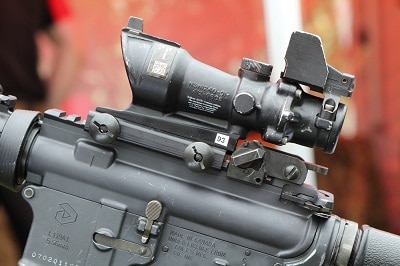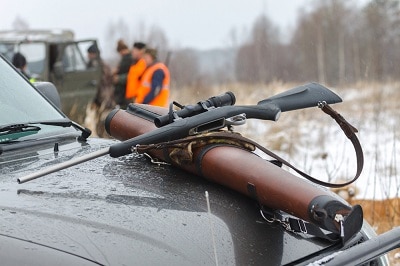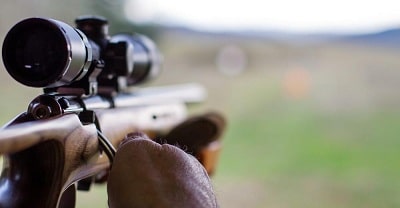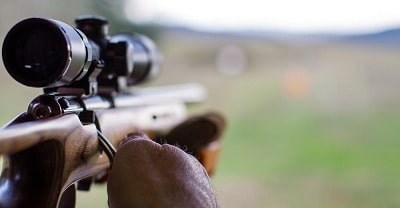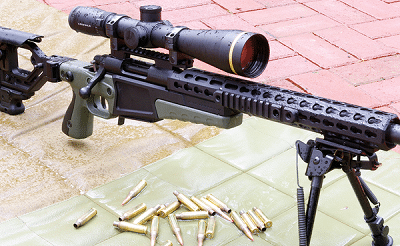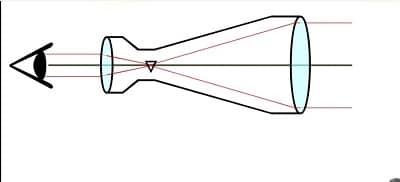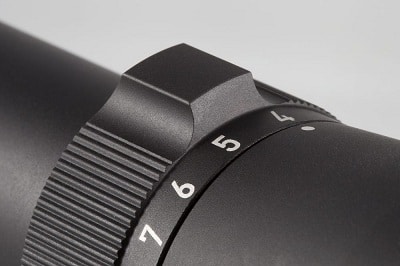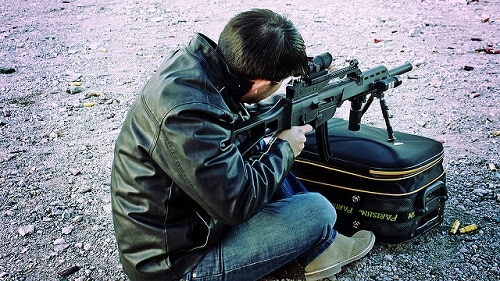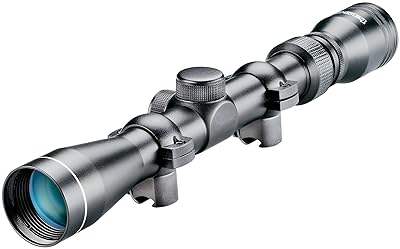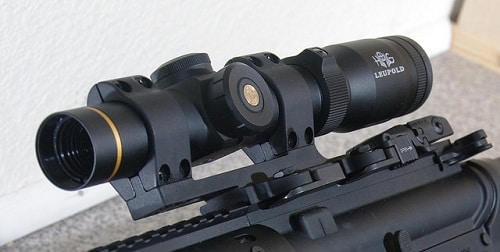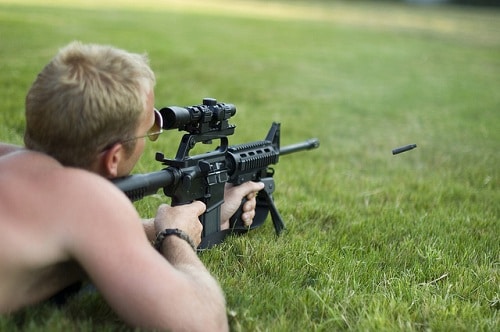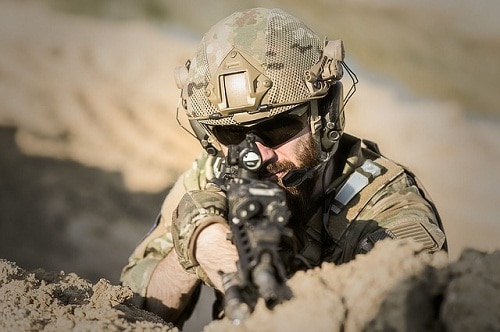Choosing the best riflescope can be a difficult task if you are new to the game. For example, which are better — fixed vs variable scopes?
The first thing that comes to mind is that you are in need of the best scope that suits your budget. There are thousands of options available and finding one to suit your budget leaves you with several factors you need to consider before buying one.

The first and most important question to ask when considering fixed vs variable scopes is for what purpose are you going to use the scope. Buying one based on other shooters’ experience is not always the right choice for you. An optic that works for one shooter may not work for you as one’s eyesight is different from another shooter’s eyesight. If you are using an AR-10, you can check the best scope for an AR-10 — I have reviewed four of them.
As you know there are two different types of scopes a variable tactical scope and a fixed scope and today the RifleScopeGuy is going to show you the differences between the two, leaving you to decide which one is best suited for your needs.
Two Types of Magnification
The Fixed Powered Scope
The fixed powered scope has a unique design as it only uses one specific power and you cannot change it. For example, the magnification can be set to 6 x 42. These scopes are more reliable than your variable type of scope. However, they do have some disadvantages you cannot change the power when needed. The advantage is that the fixed scope gives you a brighter and clearer view. The reason for this is that it does not have different lenses for the light to emit through the scope.
The Variable Tactical Scope:
When it comes to shooting the variable tactical scope is more versatile to use as the scopes designed with variable power. You can change the magnification settings to suit your different situations from hunting or shooting for fun at the shooting range.
The Basic Terminology Found In Both Scopes
The only difference between a fixed and variable scope is the magnification settings. The rest of the terminology is basic for both scopes as the following is important when choosing either one.
1. The Objective Lens
The objective diameter is the measurement of the lens found on the end of your scope. They can vary in size from 32 – 50 mm. The only thing that the objective lens does is to gather the image of your target and allows the light to transmit through the scope. The larger the objective lens the more lights transmitted to your eye. The only disadvantage is that the bigger the objective lens is the heavier the scopes designed and needs a higher position.
The objective lens works as follow: a standard 40mm objective lens at 5-x power gives you an exit pupil of 8mm when viewing your target through the ocular lens. This means that the objective lens diameters divided by the magnification and equals the diameter of the exit pupil.
2. The Reticle
The different brands available have different reticles and each shooter has their own preference. You can buy a scope with a mil-dot, MOA, Bullet Drop Compensate for long-range shooting, and standard duplex reticles. The main purpose of the reticle also known as the crosshair is to provide you with a centralized aiming point as each one caters for different shooting purposes.
When you look at the hunting crosshair they are made of wire, but the glass-etched ones are also becoming very popular, as they are precise and durable.
3. A Critical Measurement is the Eye Relief
When deciding on your scope the eye reliefs critical. A handgun scope only has a 20-inch eye relief and suitable to use for short distance shooting. While shooting with a rifle or shotgun that has a powerful recoil needs and optic that gives you a longer eye relief range.
4. The Field of View Varies From One Brand to Another
If you are planning to hunt you, need a wide field of view as you will able to pick your target quickly? If you plan to shoot long distances, the F.O.V is not that critical. The field of view varies from one brand to another and best to read the available specs when buying your scope.
5. The Importance of Light Transmission
Light Transmission is the amount of light transmitted through the scopes lens. Some of the best riflescopes can give you a light transmission of up to 95%. This means that the scope transmits through 95% of light without reflecting it away from the lens. Here magnification plays an important role, as a scope with a good light transmission is easier on your eye to focus when used during the day.
6. The Importance of Parallax Adjustment
When you look at your target at a distance greater than 100 yards parallax occurs either in front or behind the reticle. Once you move your eye from the optical axis of the scope, parallax occurs. This is an important feature to have when buying a long-range scope, as they are equipped with either an adjustable objective or a side focus parallax. With an adjustable objective, you can focus down closer when shooting at short distances. With a side focus adjustment, you do not need to move your head or rifle too much.
7. The Turrets
You can buy a riflescope with exposed or covered turrets. You can buy them in ½ MOA up to ⅛ MOA adjustments. Each adjustment is suitable for different needs and you use the exposed turret for target shooting, as it’s easier to change the distance of the target. Closed turrets are great for hunting as once the scopes sighted there is no need of changing it.
8. The Exit Pupil
Exit pupil measurements important when shooting, especially when the light begins to fade as the higher the exit pupil it allows you to see through the scope for longer. You can measure the exit pupil as follow: you take the objective lens and divide the power magnification. When buying a 3-9×40-magnification scope you take the 40/9 and this equals to 4.4mm of light.
Final Thoughts
As you can see there, are different factors to consider when considering fixed vs variable scopes. Another topic that many people argue about is the brand. At the RifleScopeGuy, you can buy different famous brands such as Leupold, Nikon, Vortex, Burris, and Bushnell.
Knowing what you are going to use your scope for is the first step. And the second step is to know your basic terminology. When buying the best riflescope, whether it be a fixed or variable one, the choice is still yours.
